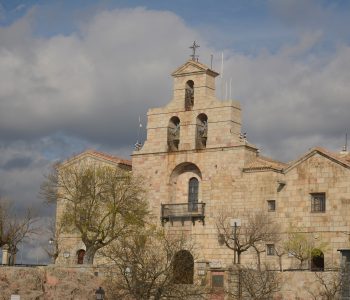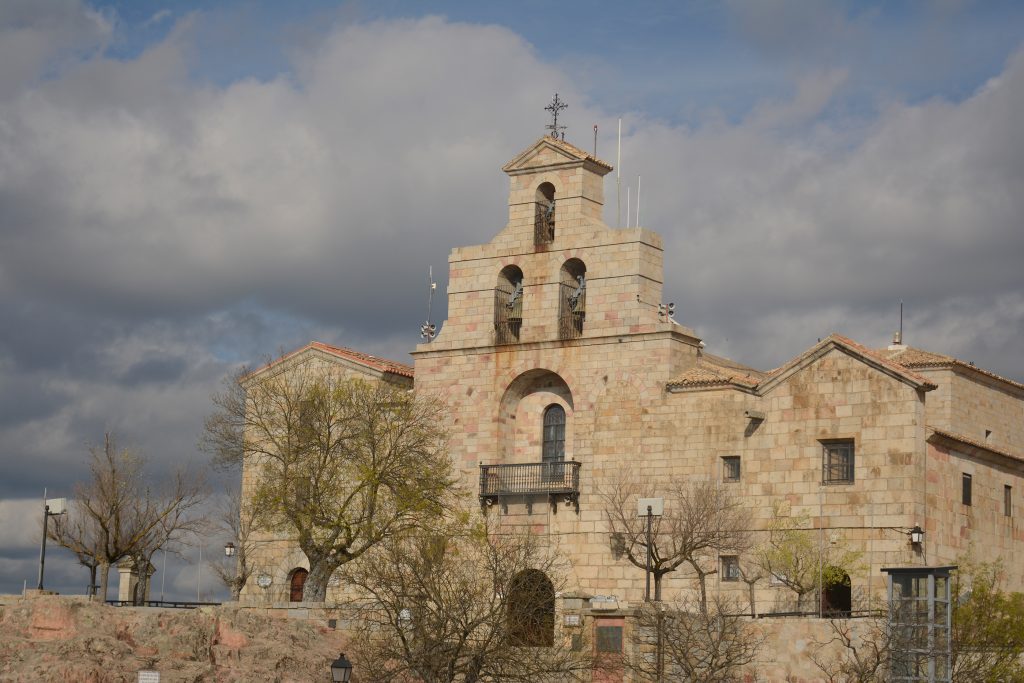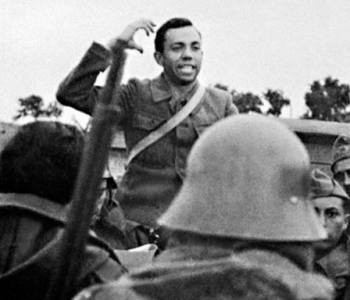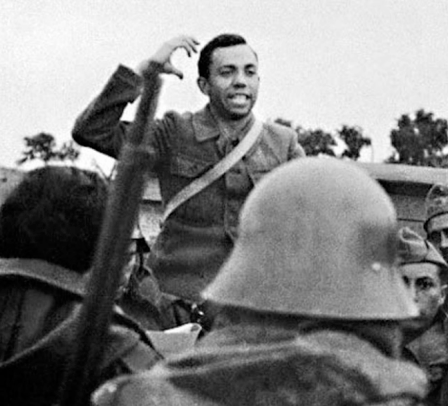 No category
No category
The Sanctuary of the Virgen de la Cabeza

The Sanctuary of Virgen de la Cabeza is located about 32 kilometers from the urban center of Andújar. It stands on the Cerro del Cabezo, in the foothills of the Sierra de Andújar Natural Park, reaching panoramic views of great interest. The primitive Sanctuary dates from the end of the 13th century, and a remodeling was made in the 16th century by the famous Renaissance architect Andrés de Vandelvira.
During the siege of the Sanctuary of the Virgen de la Cabeza, the temple was almost totally destroyed and rebuilt years later by the General Directorate of Devastated Regions and Reparations.
In the midst of the Civil War, when the military rebellion in the province of Jaén failed, a group of civil guards along with their families settled in the Sanctuary of the Virgen de la Cabeza, this being the scene of a bloody siege by the republican troops . A monument remembers this episode at the entrance of the Sanctuary and if you look closely, you can still see remains of shrapnel on the side walls of the Basilica.
Miguel Hernández would journalistically describe the assault of this siege, depicting in detail its development, which would last from September 14, 1936 to May 1, 1937, when the besieged surrendered.
South Front. Number 15, May 13, 1937
(…) “The building of Cabeza stands before the bloody and dark dawn. In it I saw the representation of a tricorn monster … (…)
The Sanctuary also has the Mariano Museum, located in the premises of the Basilica and which contains an important artistic, documentary and anthropological sample of the historical legacy that the devotion to the Virgen de la Cabeza has been bearing through the centuries.
.

